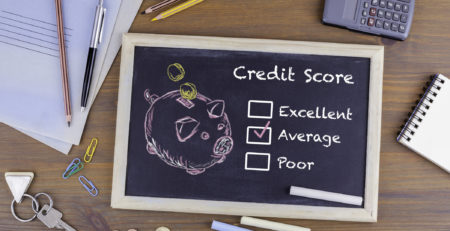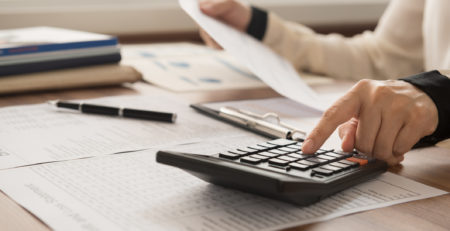How to Create and Manage a Household Budget
Having a household budget has negative connotations to many people, because they usually think their luxury spending is finished.
While a budget can help you avoid spending money on things you can’t truly afford, its purpose is simply to show you how much money you have coming in, how much is going out and where you can afford to save and spend. Basically, a household budget helps you get the most out of your income.
No matter your economic status or age, everyone benefits from having a budget in place. It not only gives you a sense of security and control over your money, but it also helps you plan for the future.
Find out how to create and manage a household budget so that you can be prepared for anything that comes your way.
Choosing a Budgeting System
There are four ways to create and manage a household budget:
- Notebook and pen: This is an older method in which you simply write down your income and your expenses.
- Spreadsheet: This method uses spreadsheet software to organize all your income and expenses information. You can either make your own from a general spreadsheet, or you can use a budgeting worksheet included with the software.
- Online software: Several web-based software programs exist to help with your budgeting, most of which are free. With this software, you create and group your income and expenses to track your spending.
- Financial software: There are many financial software programs on the market, but they require a little bit of computer knowledge and some extra effort to learn to use them.
Creating a Budget
Like the methods, there are also many budgeting strategies that people use, so creating your budget will come down to your individual needs. Regardless of which strategy you use, however, you’ll still be following these basic steps:
Set Goals
Your financial goals can be grouped into short-term goals and long-term goals. Short-term goals focus on how you use your money now, while long-term goals focus on the spending and saving in the future. Both are necessary to create a budget that gives you financial security in the future and the ability to live now.
After determining your goals, you need to decide which goals are necessities and which are luxuries so that you can prioritize appropriately. Necessities include your obligatory expenses such as your mortgage payment, auto loan, utility bills, food, cell phone and household supplies. Luxuries include dining out, vacations, subscriptions and other expenses you enjoy, but can live without.
Long-term financial goals include saving for retirement, investing, life insurance and expenses of that nature. Paying off debt early is also a long-term financial goal, since it saves you from interest payments over time.
Calculate Your Income and Expenses
Once you’ve determined your financial goals, it’s time to make a plan to reach them. This is when you’ll calculate your income and expenses. Because your bills come on a monthly basis, many people prefer to organize their budget on a monthly schedule.
To begin, list your monthly income sources. This should include your net salary, bonuses, child support or alimony payments and any other source of income that you receive regularly. Once you have all these numbers, your total will be your monthly income.
Now for your expenses, which fall in three categories:
- Fixed expenses: This is a bill with a fixed monthly payment, like your mortgage.
- Variable expenses: These can vary month to month, such as your grocery expenses or back-to-school expenses.
- Discretionary expenses: These are optional expenses, such as entertainment. Dining out, television subscriptions or a gym membership can all be considered discretionary. These are also the first areas to cut back on if you’re coming in over budget.
Analyze Spending
The ultimate goal of budgeting is ensuring your expenses don’t exceed your income. If you have more money going out than coming in, you need to adjust your spending areas to balance it out. This doesn’t necessarily mean cutting out everything but the basics, but it does mean reevaluating what you could do without.
If you’re having trouble keeping track of your spending, be sure to balance your checkbook or print out a copy of your bank statement.
Revise the Budget
Once you’ve been working with a budget for a month or two, you can make adjustments to specific areas to find balance. This will help you keep accurate estimates of both your income and expenses, so you can be in a better position moving forward.
After making your adjustments, stick with the current budget for the time being. Remember that your budget should be reevaluated periodically, as well as when you experience changes to your income or expenses, such as a new financial obligation or a promotion at your job.
You should also make sure that you’re keeping to your savings goals. If possible, open a savings account and add to it regularly. Ideally, your savings should cover six months of income on which to fall back in the event you have a job loss or some other emergency.
Commitment
Now that you know how to create and manage a household budget, you need to commit to it to see results. If you find flaws in your budget or your financial situation changes, you can modify the budget to reflect that, but you should work as hard as possible to stick with your original budget.
Would a lump sum of money and a clean slate help you get on the right track with your budget and future financial goals? If so, Koster Cash Loans can help. We offer many loan options, such as cash loans, payday loans and installment loans, to help you regain your financial footing. Fill out our quick, secure online application to get started!










